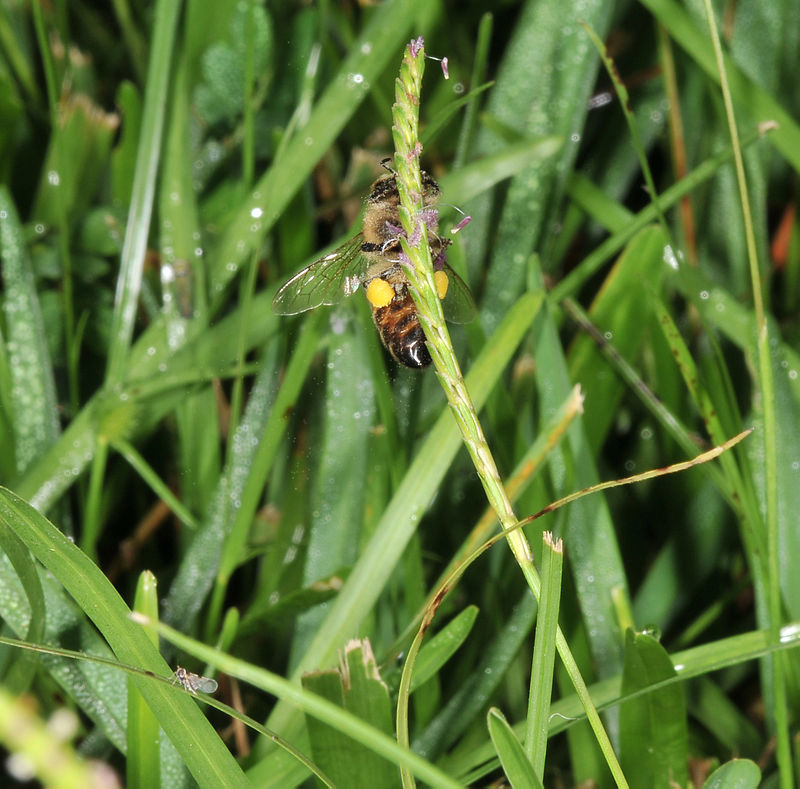Eremochloa ophiuroides
Overview
| Genus | Eremochloa |
| Species | ophiuroides |
| Common Name | Centipedegrass |
| Abbreviation | E. ophiuroides |
| Ploidy | Diploid |
| Chromosome Number | 2n=2x=18 |
| Genome Size | 800 Mb |
| Genome Assemblies | 1 |
| Cross Reference | NCBI taxon: 866555 |
Organism Image

Description
Eremochloa ophiuroides, or centipedegrass, is a species of grass in the family Poaceae. Used as a warm season lawn grass, it forms thick sods and spreads by stolons. It is medium to light green in color and has a coarse texture with short upright seedhead stems that grow to about 3-5 inches. Native to Southern China, it was introduced to the United States in 1916 and has since become one of the common grasses in the Southeastern United States and Hawaii. It can also be considered a weed.
Whole Genomes
Whole Genome Sequences & Annotations for Eremochloa ophiuroides
S genes
Eremochloa ophiuroides Ganbei S genes
| Query | Scaffold | Size(bp) | Coordinates | tBLASTn Hit | tBLASTn %ID | Domain |
| DUF247I-S1 | Hic_asm_4 | 106363105 | 32924123-32925835 | Ttriandra | 63 | DUF247 |
| DUF247I-S2 | Hic_asm_4 | 106363105 | 33725636-33727321 | Ttriandra | 68 | DUF247 |
| DUF247II-S1 | Hic_asm_4 | 106363105 | 32930303-32931919 | Ttriandra | 64 | DUF247 |
| DUF247II-S2 | Hic_asm_4 | 106363105 | 33912979-33914598 | Ttriandra | 61 | DUF247 |
| HPS10-S1 | Hic_asm_4 | 106363105 | 32922595-32922757,32922879-32922991 | Ttriandra | 66 | - |
| HPS10-S2 | Hic_asm_4 | 106363105 | 33713532-33713644,33713780-33713945 | Ttriandra | 66 | - |
| DUF247I-Z | Hic_asm_8 | 68685498 | 63563880-63565487 | Sspontaneum | 60 | DUF247 |
| DUF247II-Z | Hic_asm_8 | 68685498 | 63580019-63581704 | Sspontaneum | 54 | DUF247 |
| HPS10-Z | Hic_asm_8 | 68685498 | 63579013-63579169,63579267-63579373 | Sviridis | 67 | - |
Downloads
The Eremochloa ophiuroides S gene sequences are available in FASTA format.
| CDS and Protein (FASTA file) | S-gene_Eremochloa_ophiuroides |
Publications
Wang J, Zi H, Wang R, Liu J, Wang H, Chen R, Li L, Guo H, Chen J, Li J, Zong J. A high-quality chromosome-scale assembly of the centipedegrass [Eremochloa ophiuroides (Munro) Hack.] genome provides insights into chromosomal structural evolution and prostrate growth habit. Hortic Res. 2021 Sep 1;8(1):201. doi: 10.1038/s41438-021-00636-6.